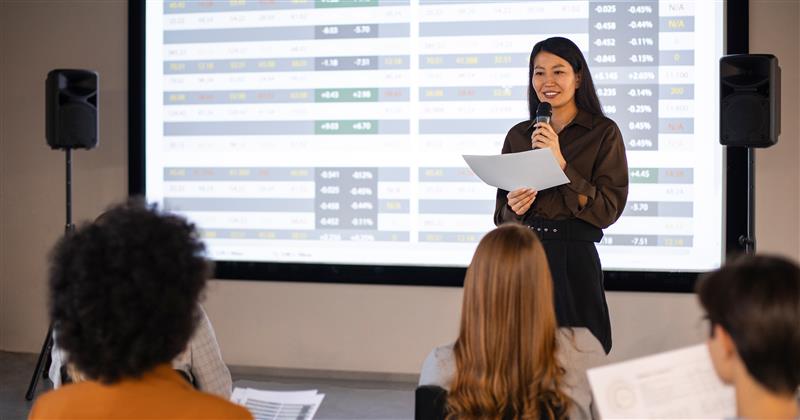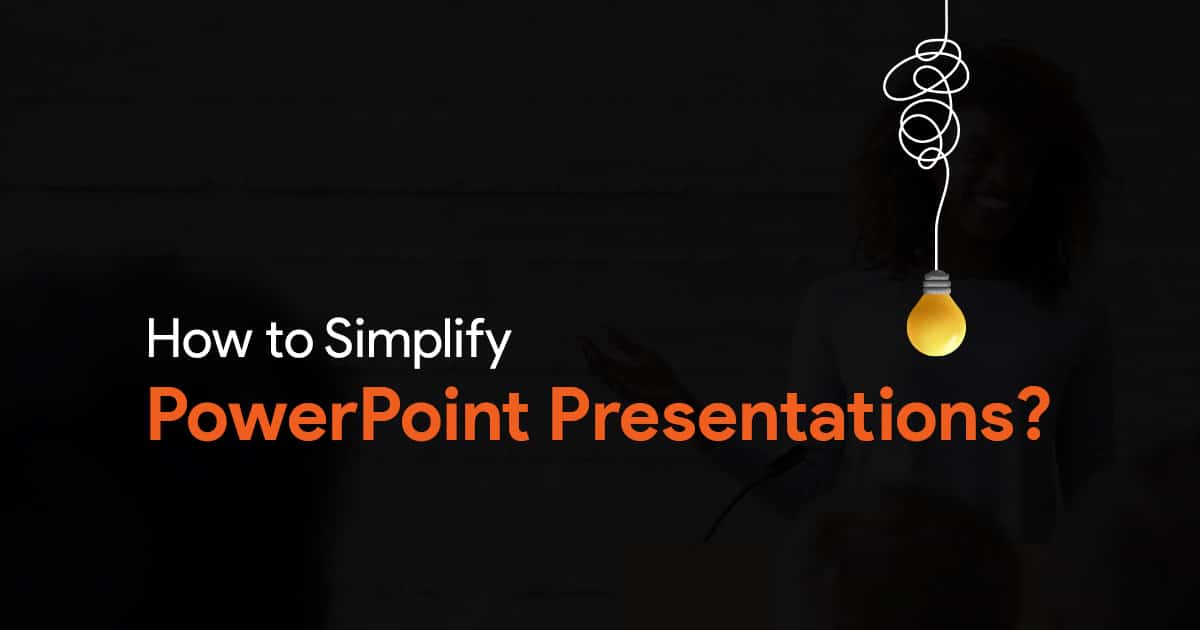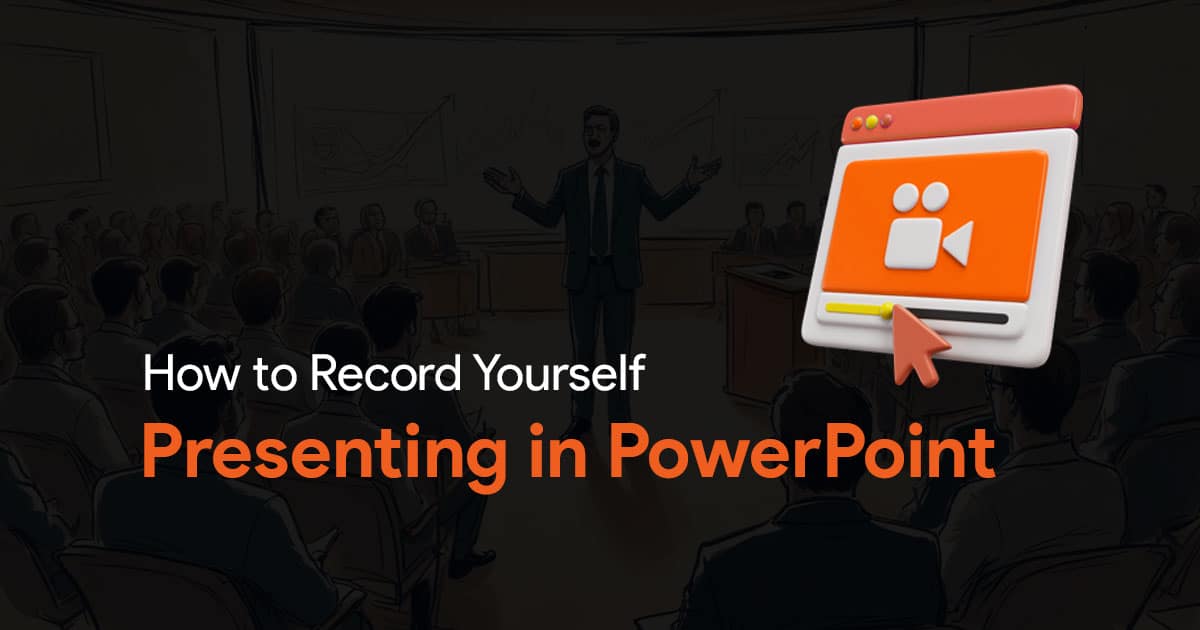- Why Standard 1:1 Approaches Fall Short for Presentation Designers
- The Benefits of a Structured 1:1 Meeting Agenda for Presentation Designers
- The Ultimate 1:1 Meeting Agenda for Presentation Designers
- The 1:1 Meeting Template for Presentation Designers
- How to Use the 1:1 Meeting Notes Template
- The Follow-up Tracker: The Secret to Accountability
- Adapting the 1:1 Meeting Agenda for Different Designer Levels
- Common Pitfalls to Avoid in 1:1 Meetings with Presentation Designers
- Measuring the Impact of Your 1:1 Meetings
- Case Study: Transforming a Presentation Design Team Through Effective 1:1s
- Implementing Your 1:1 Meeting Strategy: A 30-Day Plan
- Conclusion: The Compounding Value of Effective 1:1 Meetings
The 1:1 Meeting Agenda That Unblocks Your Presentation Designers (Free Template)

As a design team leader, I’ve learned that managing presentation designers requires a unique approach. These creative professionals balance both design excellence and strategic communication in their work, often facing tight deadlines and complex stakeholder demands. Over my years leading design teams, I’ve discovered that regular, well-structured 1:1 meetings are the secret weapon for unlocking their full potential.
If you’re reading this, you likely lead a team of presentation designers who transform complex information into compelling visual stories every day. You understand their unique challenges, from handling multiple stakeholders to managing revision cycles while maintaining creative integrity.
The challenge many design leaders face is making these 1:1 meetings truly productive. Too often, they become status updates or, worse, get canceled due to pressing deadlines. According to recent research, 67% of workers say they spend too much time in meetings, leading to distraction and difficulty defining objectives, eliminating distractions, encouraging participation, and ending with an action plan (source).
But what if your 1:1 meetings could become the most valuable 30 minutes in your designers’ week? What if these sessions could systematically identify and remove obstacles, balance workloads, and accelerate professional growth?
In this article, I’ll share the exact 1:1 meeting agenda I’ve developed and refined over years of managing presentation design teams. You’ll get a step-by-step framework, downloadable templates, and research-backed strategies to transform your 1:1s from obligatory check-ins to powerful engines for productivity and growth.
Let’s dive in.
Why Standard 1:1 Approaches Fall Short for Presentation Designers
Before we get to the solution, let’s understand why generic 1:1 meeting formats often fail presentation designers.
Presentation designers face unique challenges:
1. Multiple stakeholders – They often work with various departments, executives, and external clients simultaneously.
2. Balancing creativity with constraints – They must deliver creative solutions within brand guidelines, technical limitations, and tight timelines.
3. Constant context-switching – The average designer works on multiple presentations simultaneously, requiring mental agility.
4. Revision cycles – Unlike some design disciplines, presentation design often involves multiple rounds of feedback and changes.
5. Technical challenges – They must master both design principles and presentation software capabilities.
Standard 1:1 meeting templates rarely address these specific challenges. That’s why I’ve developed an agenda specifically tailored to presentation designers’ unique needs.
The Benefits of a Structured 1:1 Meeting Agenda for Presentation Designers
Using a well-structured agenda provides a roadmap for your audience, helps manage expectations, maintain focus, and deliver a more engaging experience (source).
Research shows that when applied to presentation design teams, structured 1:1 meetings deliver several key benefits:
1. Increased productivity – Identifying and removing obstacles quickly keeps projects moving forward.
2. Reduced burnout – Regular check-ins on workload help prevent designer overwhelm.
3. Higher quality output – By addressing technical and creative challenges early, the final product improves.
4. Better talent retention – Designers who receive consistent guidance and support are more likely to stay with your organization.
5. Accelerated skill development – Structured growth conversations lead to faster professional development.
Now, let’s explore the comprehensive 1:1 meeting agenda that delivers these benefits.
The Ultimate 1:1 Meeting Agenda for Presentation Designers
This agenda is designed to be completed in 30 minutes, though you may occasionally need 45 minutes for deeper discussions. I recommend scheduling these meetings weekly or bi-weekly, depending on your team size and project volume.
Section 1: Quick Wins and Celebrations (3-5 minutes)
Begin with positivity by acknowledging recent achievements and successes.
Sample questions:
– What presentation or design element are you most proud of from the past week?
– Did you receive any positive feedback from stakeholders?
– Did you learn or implement any new design techniques recently?
Why this works: Starting on a positive note sets a constructive tone for the meeting. It also helps you identify what motivates each designer and understand their perception of quality work.
Section 2: Current Workload and Priorities (7-10 minutes)
Get a clear picture of your designer’s current projects, deadlines, and capacity.
Sample questions:
– What presentations are currently on your plate?
– How are you feeling about your current workload?
– Are there any upcoming deadlines you’re concerned about?
– Do you need help prioritizing these projects?
Pro tip: Studies show that the majority of presenters (41.2%) include between 21 and 40 slides in their presentations, and 53% reuse the same slide deck between 2 and 4 times (source). Use this knowledge to help your designers estimate workload more accurately by considering both slide count and potential reuse.
Section 3: Identifying and Removing Blockers (7-10 minutes)
This critical section addresses anything preventing your designer from doing their best work.
Sample questions:
– What obstacles are slowing down your current projects?
– Are you waiting on feedback or resources from anyone?
– Are there any technical issues with software or systems?
– Do you have all the information needed from stakeholders?
– Are there any team dynamics or process issues creating friction?
Common blockers for presentation designers:
1. Delayed or unclear feedback
2. Shifting project requirements
3. Technical limitations of presentation platforms
4. Access to assets or visual resources
5. Competing stakeholder priorities
Pro tip: For each blocker identified, determine who owns the resolution. Is it something the designer can solve with your guidance, or do you need to intervene with stakeholders or other departments?
Section 4: Growth and Development (7-10 minutes)
Focus on your designer’s professional development and career progression.
Sample questions:
– What skills would you like to develop further?
– Are there presentation types or design styles you’d like more experience with?
– What part of the presentation design process do you find most challenging?
– Are there any conferences, courses, or resources that interest you?
Why this works: Regular conversations about growth demonstrate your investment in their career. This section helps you identify training opportunities and potential project assignments that align with their development goals.
Section 5: Action Items and Follow-up (3-5 minutes)
Conclude with clear next steps for both you and the designer.
Sample questions:
– What specific actions will you take before our next meeting?
– What actions will I take to support you?
– Is there anything we should revisit in our next 1:1?
Document these action items in your follow-up tracker (more on this below).
The 1:1 Meeting Template for Presentation Designers
To implement this agenda effectively, I’ve created a downloadable template you can use immediately. This template includes:
1. Pre-meeting preparation notes – Questions for both you and the designer to consider before the meeting
2. Meeting agenda structure – The five sections outlined above with space for notes
3. Action item tracker – A system for recording and monitoring follow-up items
Agenda slides help keep meetings focused and on time, make the audience aware of content, and highlight key topics. Additionally, agenda slides lend structure to planned discussions, help regain focus if discussions veer off track, and help stay on time.
How to Use the 1:1 Meeting Notes Template
The meeting notes template is designed for simplicity and effectiveness. Here’s how to get the most from it:
1. Before the meeting: Share the template with your designer at least 24 hours before your 1:1. Ask them to jot down thoughts for each section. This primes them to think deeply about their work and challenges.
2. During the meeting: Use the template to guide your conversation, ensuring you cover all five sections. Take notes directly in the document.
3. After the meeting: Clean up your notes and highlight action items. Share the document with your designer within 24 hours of your meeting.
Free, customizable agenda presentation templates are available for creating outlines and sharing post-meeting assignments.
The Follow-up Tracker: The Secret to Accountability
The most effective 1:1 meetings include accountability for action items. That’s why I’ve included a follow-up tracker in the template.
The tracker includes:
1. Action item description – What needs to be done
2. Owner – Who is responsible (you, the designer, or someone else)
3. Due date – When it should be completed
4. Status – Not started, In progress, Completed, or Blocked
5. Notes – Any additional context or updates
Review this tracker at the beginning of each 1:1 meeting to close the loop on previous action items.
Professional agenda templates are fully customizable and professionally designed for faster, more effective meetings (source).
Adapting the 1:1 Meeting Agenda for Different Designer Levels
The needs of junior, mid-level, and senior presentation designers differ. Here’s how to adapt your 1:1 approach:
Junior Designers
Focus areas:
– Technical skill development
– Understanding presentation principles
– Building confidence in stakeholder interactions
– Time management and efficiency
Adjustment to the agenda:
– Spend more time on Section 4 (Growth and Development)
– Be more directive in Section 2 (Workload and Priorities)
– Provide more hands-on guidance for removing blockers
Mid-Level Designers
Focus areas:
– Refining their design style within brand guidelines
– Increasing efficiency and output quality
– Developing stakeholder management skills
– Expanding their presentation format repertoire
Adjustment to the agenda:
– Balance time equally across all sections
– Encourage more self-directed problem-solving
– Connect their work to broader business objectives
Senior Designers
Focus areas:
– Leadership and mentoring opportunities
– Strategic thinking and business impact
– Innovation within presentation design
– Work-life balance and burnout prevention
Adjustment to the agenda:
– Spend more time on Section 2 (Workload) to prevent burnout
– Make Section 3 (Blockers) more about systemic issues
– Focus Section 4 (Growth) on leadership and strategic skills
Common Pitfalls to Avoid in 1:1 Meetings with Presentation Designers
Even with a great template, these meetings can go off track. Here are common pitfalls and how to avoid them:
1. Turning the meeting into a design critique session
Solution: Save detailed design feedback for dedicated review sessions.
2. Allowing the meeting to become a status update only
Solution: If you find yourself just getting project updates, redirect to the deeper questions in the agenda.
3. Skipping the growth conversation when busy
Solution: Even during busy periods, spend at least a few minutes on development to maintain momentum.
4. Doing all the talking
Solution: Aim for the designer to speak 70% of the time while you listen and guide.
5. Failing to follow up on action items
Solution: Use the follow-up tracker religiously and start each meeting by reviewing previous action items.
Measuring the Impact of Your 1:1 Meetings
How do you know if your 1:1 meetings are effective? Look for these indicators:
1. Increased productivity – Are projects moving forward more efficiently?
2. Fewer fire drills – Are last-minute crises becoming less frequent?
3. Quality improvement – Is the standard of presentations improving?
4. Designer satisfaction – Are your team members more engaged and motivated?
5. Retention – Are designers staying with your team longer?
6. Skill development – Are you seeing tangible skill improvements?
Consider doing a quarterly anonymous survey to gather feedback on the effectiveness of your 1:1 meetings.
Case Study: Transforming a Presentation Design Team Through Effective 1:1s
Let me share a brief case study from my experience implementing this 1:1 structure with a team of seven presentation designers at a marketing agency.
The challenge: The team was experiencing burnout, missed deadlines, and quality issues. Designers were frustrated by constant revisions and unclear expectations.
The solution: I implemented the structured 1:1 meeting agenda outlined above, with weekly 30-minute sessions for each designer.
The process:
1. Introduced the template and explained its purpose
2. Conducted meetings consistently for three months
3. Gathered feedback and refined the approach
4. Measured results against key performance indicators
The results after three months:
– 28% reduction in overtime hours
– 35% decrease in revision cycles
– 42% improvement in client satisfaction scores
– Zero turnover (compared to losing two designers in the previous quarter)
– Three designers mastered new presentation skills
The most significant insight was that many blockers were common across the team, allowing me to address systemic issues that improved everyone’s productivity.
Implementing Your 1:1 Meeting Strategy: A 30-Day Plan
Ready to transform your 1:1 meetings with your presentation design team? Here’s a 30-day implementation plan:
Days 1-7: Preparation
– Download and customize the 1:1 meeting template
– Schedule recurring 1:1 meetings with each designer
– Share the template and explain the new approach
– Gather initial feedback on their current challenges
Days 8-15: First Round of Meetings
– Conduct your first structured 1:1s
– Focus on identifying immediate blockers
– Document action items meticulously
– Follow up promptly on your commitments
Days 16-22: Refinement
– Address common blockers identified across the team
– Adjust the template based on initial meetings
– Check in on action items mid-week
– Gather feedback on the new meeting structure
Days 23-30: Establishing the Routine
– Conduct second round of 1:1s with improvements
– Begin tracking patterns and recurring themes
– Connect individual designer needs to team training opportunities
– Celebrate early wins and improvements
Conclusion: The Compounding Value of Effective 1:1 Meetings
The true power of this 1:1 meeting agenda lies in its consistency. Each meeting builds on the previous one, creating a continuous cycle of improvement for your presentation designers.
By implementing this structured approach, you’re not just checking a management box. You’re creating a system that:
– Identifies and removes obstacles before they become crises
– Balances workload to prevent burnout and maximize productivity
– Accelerates skill development in alignment with business needs
– Builds trust through consistent support and follow-through
– Creates a culture of continuous improvement
Remember, the most valuable asset in your presentation design team isn’t the software or the templates—it’s the people. This 1:1 meeting agenda is your tool for unlocking their full potential.
Download the free 1:1 meeting agenda template today, and transform how you lead your presentation design team.


